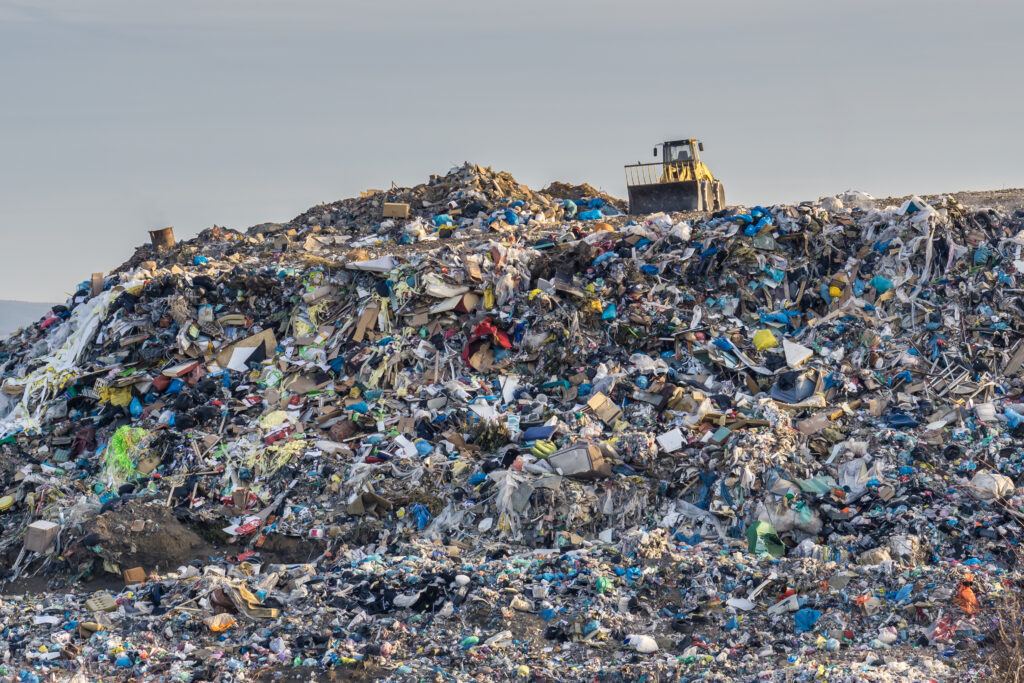The general approach will serve as the council’s mandate for negotiations with the European Parliament on the final shape of the legislation. The outcome of the negotiations will have to be formally adopted by the council and the European Parliament.
The European Council has no power per se, but does define the overall political direction and priorities of the European Union.
In a meeting held yesterday (18 December), an agreement was reached by the council to begin negotiations around the policy.
One of the standout policies was including in the text an exemption from the requirement to introduce a DRS for member states with a rate of separate collection above 78% reached in 2026.
While the policy will not be directly adopted by the UK, it could prove significant as many trade associations have been pushing for some materials with already high collection rates to be exempt from the DRS.
Many have argued that the DRS will not be needed post Simpler Recycling rules, when it is expected that collection rates for packaging items in scope of the policy will rise. Many EU DRS schemes were rolled out before kerbside schemes were as mature as in the UK.
The DRS remains due to be implemented in the UK for October 2025, Defra has said.
Council
Other proposals outlined by the council include:
- Establishing requirements to ensure that packaging is safe and sustainable, by requiring that all packaging is recyclable and that the presence of substances of concern is minimised
- Labelling requirements to improve consumer information
- Minimise the generation of packaging waste by setting binding re-use targets, restricting certain types of single-use packaging and requiring economic operators to minimise the packaging used
- Sets criteria for the extended producer responsibility schemes, and lays down provisions on waste management, while ensuring that member states have sufficient flexibility to maintain existing well-functioning systems
- Tea bags and sticky labels on fruit and vegetables must be compostable, introducing the option for member states to require other packaging (e.g. coffee pods and lightweight plastic carrier bags) to be compostable under specific conditions
The council said its text “strikes a balance between keeping the proposal’s ambition to reduce and prevent the generation of packaging waste, and allowing member states sufficient flexibility in the implementation of the regulation”.
Targets
The general approach sets overall headline targets for reducing packaging waste, based on 2018 quantities: 5% by 2030, 10% by 2035, and 15% by 2040. These targets will be subject to a review by the Commission eight years after the entry into force of the regulation.
The council introduced the possibility for member states to set out packaging waste prevention measures exceeding the abovementioned minimum targets.
‘Prevention’
Teresa Ribera Rodríguez, the Spanish third vice-president of the government and minister for the ecological transition and the demographic challenge said: “190kg of packaging waste was generated by each European in 2021. And this figure will grow by nearly 20% in 2030, if things stay the same. We cannot let that happen. Today’s general approach gives a strong message that the EU is committed to reducing and preventing packaging waste from all sources.
“This regulation is crucial in our path to a circular economy and a climate-neutral Europe.”











Subscribe for free